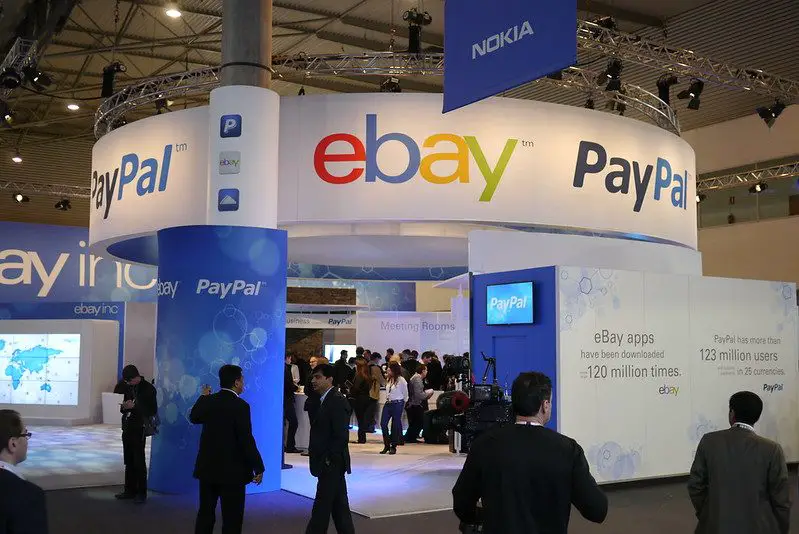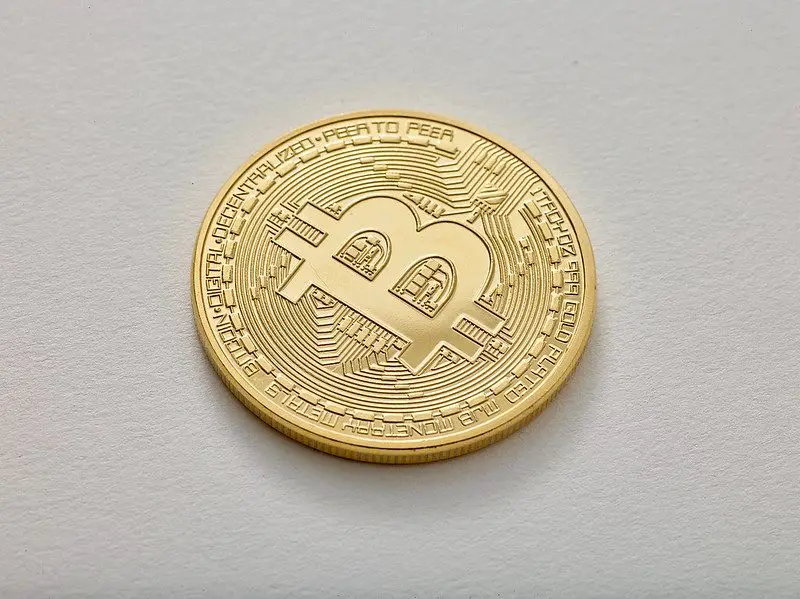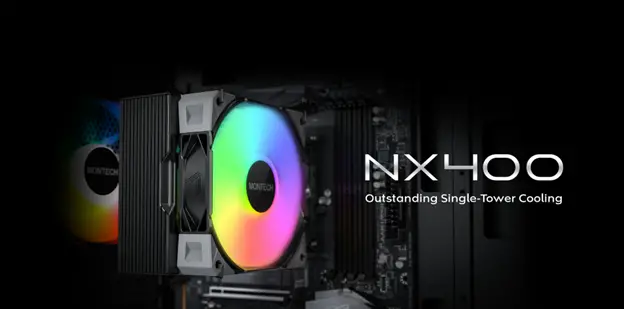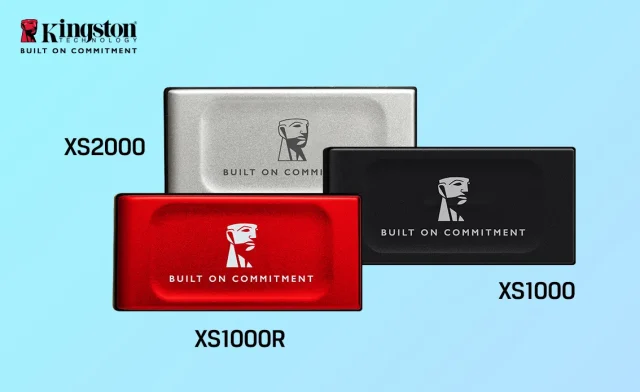Digital payment systems have been around for longer than we tend to think. First illustrated by the Stanford Federal Credit Union in 1994, these have come a long way since their humble roots. Now acting as the backbone to billions of dollars of transactions a year, online payment systems have usurped traditional payment methods in many ways. So how did we get here, and what could these new technologies mean for the future of centuries of established banking?
Development and Mainstream Success
With the internet first gaining permanent worldwide activity in 1994, the first payment transaction occurring in the same year was a profound example of forward-thinking technology. As legend tells it, this payment was used to buy food from Pizza Hut which, if true, would serve as an omen of the convenience they’d soon bring.
On a wider scale, more nationwide and then worldwide online payment systems would arrive in the following years in the form of Ecash and Millicent. It was in 1998, with the founding of PayPal, that the real revolution would begin. While not especially different in its own right, PayPal was user-friendly and, more importantly, it would eventually become part of a significant new online force. In 2002, online sales giant eBay bought PayPal, with the two working in tandem to bring online payments into the mainstream. Though it should also be noted that this relationship didn’t last forever.
A New Normal
As the likes of eBay and Amazon drove the landscape of online payment for the masses, other industries would similarly leverage the new systems to great effect. The only issue with these services and retailers is that they’d often restrict their offerings to one or two types of payment methods outside of credit card access.
Today, some of the best examples of involvement with digital payment systems can be found in the realm of online casinos. Unlike many major services, online casinos embrace a huge range of different payment options like Skrill, iDebit, Neteller, ecoPayz, and more. This is thanks to casino websites being far more international than most online businesses. Since different countries embrace different payment regulations and online cultures, this broad approach by online casinos allows them to cover as many users as possible, while still offering traditional payment options.
The final part of the online payment sphere ties into the success of cryptocurrency. Though a powerful trading tool on a large scale, the slower transaction speed of the bit cryptos like Bitcoin and Ethereum can hamper their ability to be used in many digital storefronts. Still, work is continuously being performed to raise this standard, to leverage them as backing for types of Visa and MasterCard credit and debit cards.
Part of a Whole?
Because banks are so well integrated with domestic employment, they’ll never be completely usurped by online payment systems. They will, however, continually see a reduction in use in areas where digital systems prove more convenient and effective. Rather than playing their major part alongside credit cards, traditional banking is moving towards a future where it’s just one useful system among many. As for how far online payment systems could take us, that much is still up for debate.













